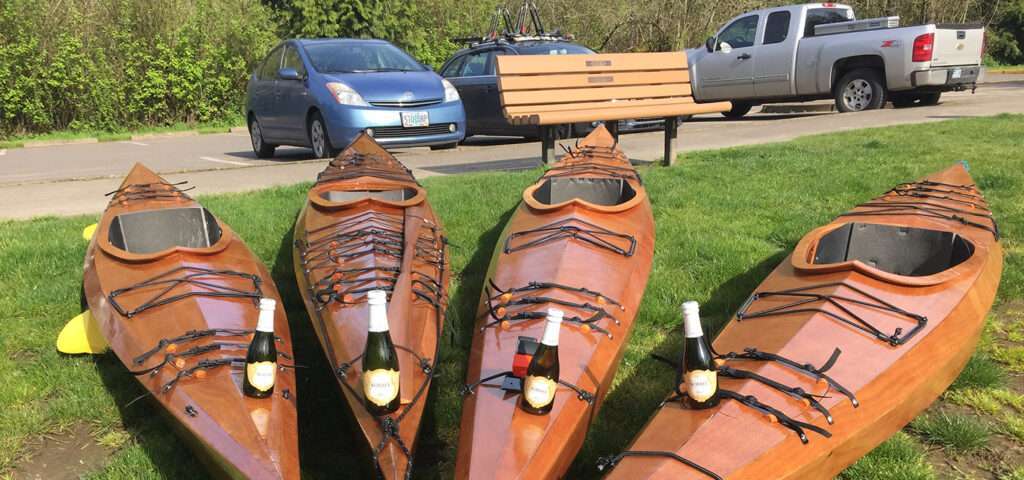There are times while kayaking when the paddler will need to paddle backwards. Of course the kayaker could turn the kayak around or do a spin maneuver, but the kayaking backstroke when executed properly is much more efficient. Here are the steps to performing the kayaking back stroke.
Difficulty: Average
Time Required: 15 minutes to get the hang of it
Here’s How:
- Hold the Paddle Properly: The kayaking backstroke can only be executed safely and properly as long as you are holding your paddle properly. Your hands should be about shoulder width apart, the paddle should be facing the right direction and oriented properly.
- Maintain Proper Posture in the Kayak: Before you can take a back stroke in a kayak you must alsow be sitting in the kayak properly. Start off by sitting upright or ever-so-slightly forward with your legs securely in the thigh braces and the balls of your feet against the foot supports. Make sure the backrest is adjusted to support you in the kayak in this position.
- Kayaking Backstroke Torso Rotation: To take a backstroke on the right side of your kayak, rotate your torso clockwise so that you are facing to the right and that your shoulders are parallel with the kayak. The right paddle blade will be moving toward the back of the kayak. Be sure to maintain the paddler’s box through the rotation. The paddler’s body needs to be rotated in the direction they will place the paddle blade and not facing forward.
- The Catch Phase of the Kayaking Backstroke: Look to the rear and place the back part of the right paddle blade in the water at the rear of the kayak. This is the one stroke that uses the back part of the blade rather than the power face of the kayak paddle. Continue to look in the direction you are going and not forward.
- The Power Phase of the Kayaking Backstroke: With the blade in the water, rotate the torso so as to push the blade through the water forward and along side of the boat. Keep the top hand level throughout the and allow the rotation of your torso to drive the stroke forward. Again, the stroke is powered by the rotation of the torso and not by pulling and pushing with the arms.
- Setup For The Next Stroke: The Recovery Phase: As soon as the stroke is over snap the blade out of the water. Continue the rotation of your torso to the left side of the kayak to obtain the maximum reach on the left side of the boat. Allow your head to follow the left blade around to the left side of the rear of the kayak.
- Repeat Kayaking Backstroke on the Other Side: At this point, go back to step 4 to continue with your next kayak back stroke. Keep repeating Step 4 through Step 7 adjusting the instructions to the side of the kayak you are paddling on until you reach your destination.
Tips:
- Don’t hold the paddle too tightly, even with your control grip. This will cause fatigue and possibly undue long-term stress.
- There are a number of different design features to consider when buying a paddle. Make sure you buy and use the right length and thickness paddle.
- As this article has explained, the kayaking backward stroke’s main drive is through the torso rotation and not the pushing and pulling of the arms.
- You should be looking in the direction you are going and not forward. With each stroke rotate your head with your torso so you can see where you are headed.
- With each stroke, think of your body as a coiled spring that is uncoiling to drive the paddle through the water.
What You Need
- Kayak
- Paddle
- PFD

